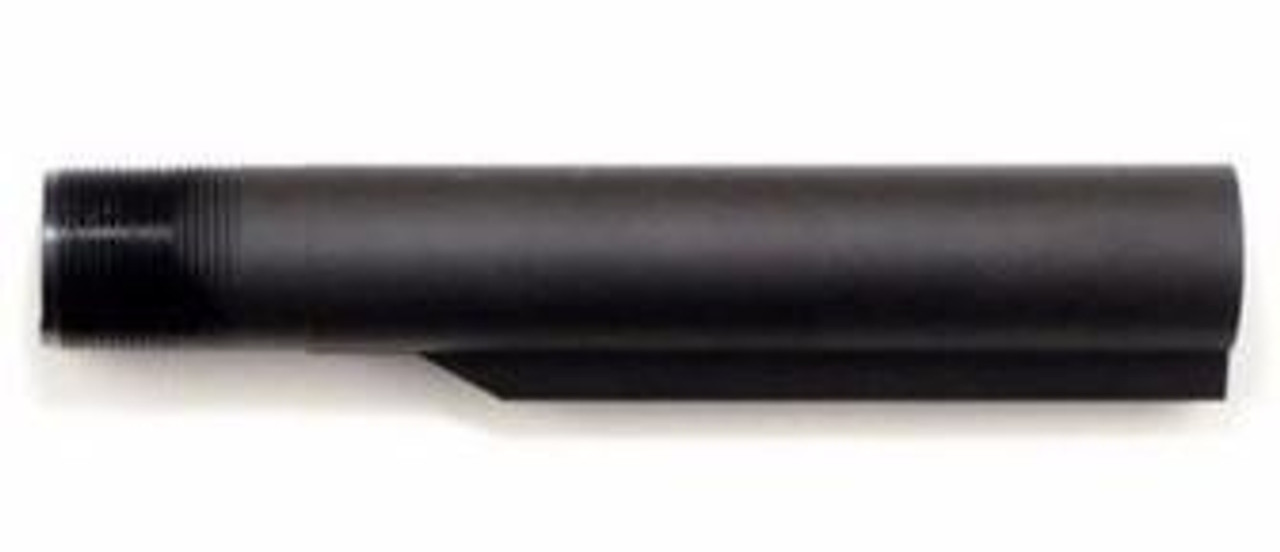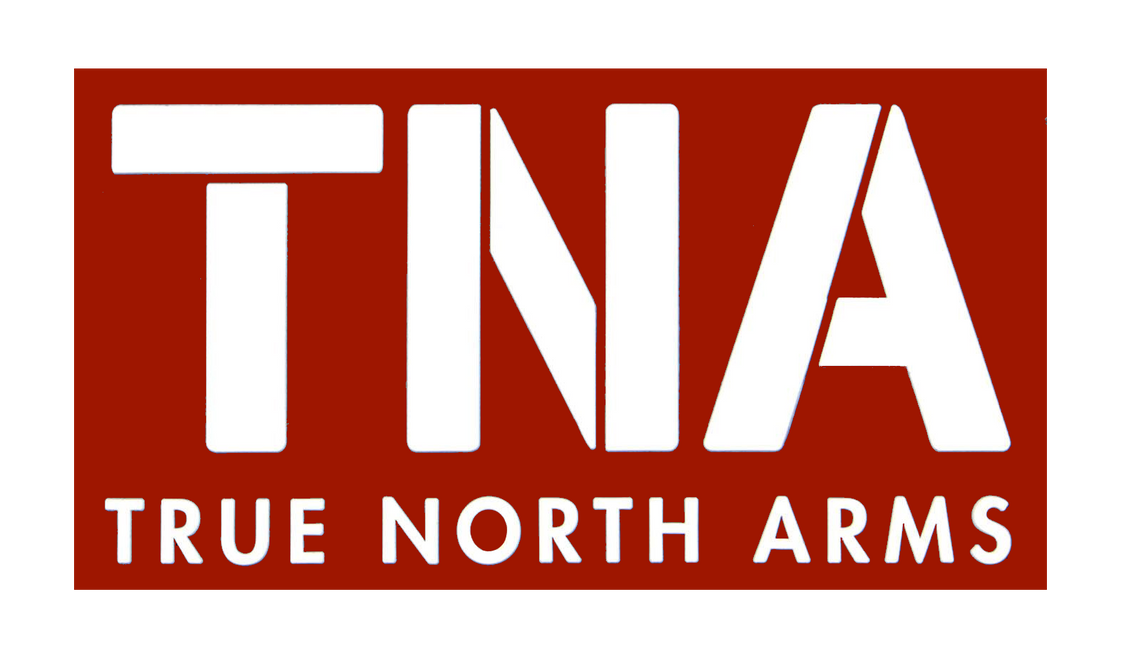When building your own AR-15 or AR-308 it's important to use the correct buffer. Buffers are designed with various lengths and weights. The correct one to use is determined by the firearm setup (receiver size, buffer tube type, and chambering).
Buffer Length
The buffer needs to be the right length so that when the bolt carrier cycles to the rear, it stops at the right position. If the buffer is too short, the gas key can crash into the lower receiver's buffer tube mount; if the buffer is too long, the bolt carrier will short-stroke and fail to pick up the next round.
There are two factors involved in determining the required length of a buffer -- 1) the type of buffer tube (or "receiver extension") and 2) the receiver size.
Buffer tubes generally come as either of two types: M4/carbine or A1/A2:

Typical M4/carbine buffer tube

Typical A1/A2 Buffer tube
The main distinguishing characteristic of the tubes is the different lengths.
Meanwhile, AR receivers generally come as one of two sizes: AR-15 (including Maccabee SLR, ATRS Modern Sporter, and similar firearms) or AR-308 (this size includes the BCL102, Stag 10, and other 308-size AR receivers). They look very similar at a glance but the AR-308/AR-10 are a slightly bigger brother to the AR-15.
The receiver size matters to the buffer because the bolt carrier stroke length differs, to accommodate the different cartridge lengths of 5.56 versus .308.
Now the data that you've been waiting for. What buffer length goes with your desired setup?
| Buffer tube type | |||
| M4/"carbine" | A1/A2/"rifle" | ||
| Receiver size | AR-15 | 3.26" | 5.91" |
| AR-308 | 2.53" | 5.24" | |
Each value can vary by a tenth of an inch or so.
The buffer length is only determined by the buffer tube and receiver size, i.e. it is independent of the chambering/cartridge.
Buffer Weight
Buffer weight is more flexible and dependent on a variety of factors such as the cartridge power, gas system, and buffer spring characteristics. The table below is only for general guidance or a starting point for buffer weights - with a new build, sometimes experimentation with different buffer weights is required.
| Buffer tube type | ||||
| M4/"carbine" | A1/A2/"rifle" | |||
| Receiver size | AR-15 | 5.56x45, 300 BLK, 7.62x39 | 3.0oz | 5.22oz |
| 9mm | Varies 5.5oz to 8.5oz | [this setup is a mythical creature] | ||
| AR-308 | .308 WIN, 7.62x51, 6.5CM | 3.8oz | 5.4oz | |
You might ask why the weight changes with the buffer tube type. The buffer tube type indirectly influences the buffer weight because usually the buffer spring length and stiffness are different in M4/carbine setups compared to A1/A2/rifle setups. All these parts influence each other and have to work in harmony.
To make this even more complicated, many buffers come in a variety of 'heavy' weights with heavier tungsten slugs replacing one or more of the steel weights inside. For example, the following is a table of typical heavy buffer weights for AR-15 chambered in 5.56:
| AR-15 'heavy' carbine buffers for 5.56 | |
| Name | Weight (oz) |
| Standard | 3.0 |
| H | 3.8 |
| H2 (or 2H or HH) | 4.75 |
| 3 (or 3H or HHH) | 5.6 |
Some manufacturers make H and H2 buffers for AR-308 as well.
In all cases, actual purchased buffer weights can vary by several tenths of an ounce, even from the same brand. A difference in functionality may not be noticed with changes less than 1oz.
The numbers in the above charts are based on actual measurements of buffers found in various US-made brand-name firearms and buffer tube kits.


